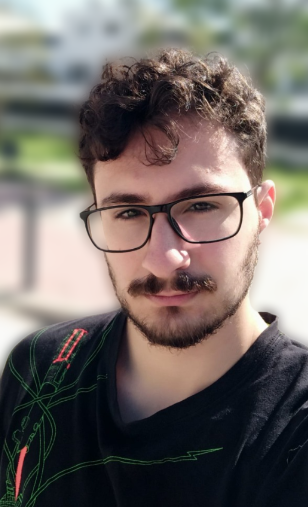Week 6-7 - A New Beginning with Enhanced Capabilities
Summary
A significant upgrade this week: leveraging Black Friday sales, I finally purchased a new PC, promising enhanced performance for my projects. This advancement meant a shift from training neural networks without a dedicated graphics card to a more powerful setup, albeit with some initial reconfiguration required.
Progress This Week
Setting Up the New System
The arrival of the new PC marked the start of a technical journey. Firstly, establishing a dual-boot system with Ubuntu, a task that was unexpectedly challenging due to Windows partitioning issues. Once Ubuntu was successfully installed, the necessary software, including ROS2 and PyTorch, was set up, enabling me to resume work on the autonomous driving project.
Revisiting the Expert Pilot and Data Collection
With the new system operational, I re-initiated the expert pilot program. The data collection process, executed via ROS2 bag, was repeated to ensure compatibility with the upgraded setup. However, an anomaly emerged: the data counts from the “/cam_f1_left/image_raw” and “/cmd_vel” streams were misaligned, an issue warranting further investigation.
Enhanced PID Tuning
The new PC’s capabilities allowed for a more efficient tuning process of the PID parameters. With doubled processing frequency, adjustments that were previously time-consuming were now expedited, facilitating a smoother and more effective tuning phase.
Data Analysis and Neural Network Training
Adopting the same analytical approach as before, I examined the discrepancies between the number of images and velocity recordings. To mitigate this issue, I filtered the data to include only those instances where both images and velocity data were available. The subsequent neural network training, enhanced by the new graphics card, was significantly faster.
PilotNet’s Trial and Future Directions
Despite the speedier training process, PilotNet’s initial tests were not entirely successful. The model struggled to keep the vehicle on track, leading to a collision with a wall. This outcome underscores the need for further refinement and research.
In the coming weeks, my focus will shift to investigating the root cause of the data misalignment and exploring the potential benefits of a larger and more varied dataset, possibly including more laps and different track configurations. The goal is to iteratively improve the model’s performance and adaptability.
